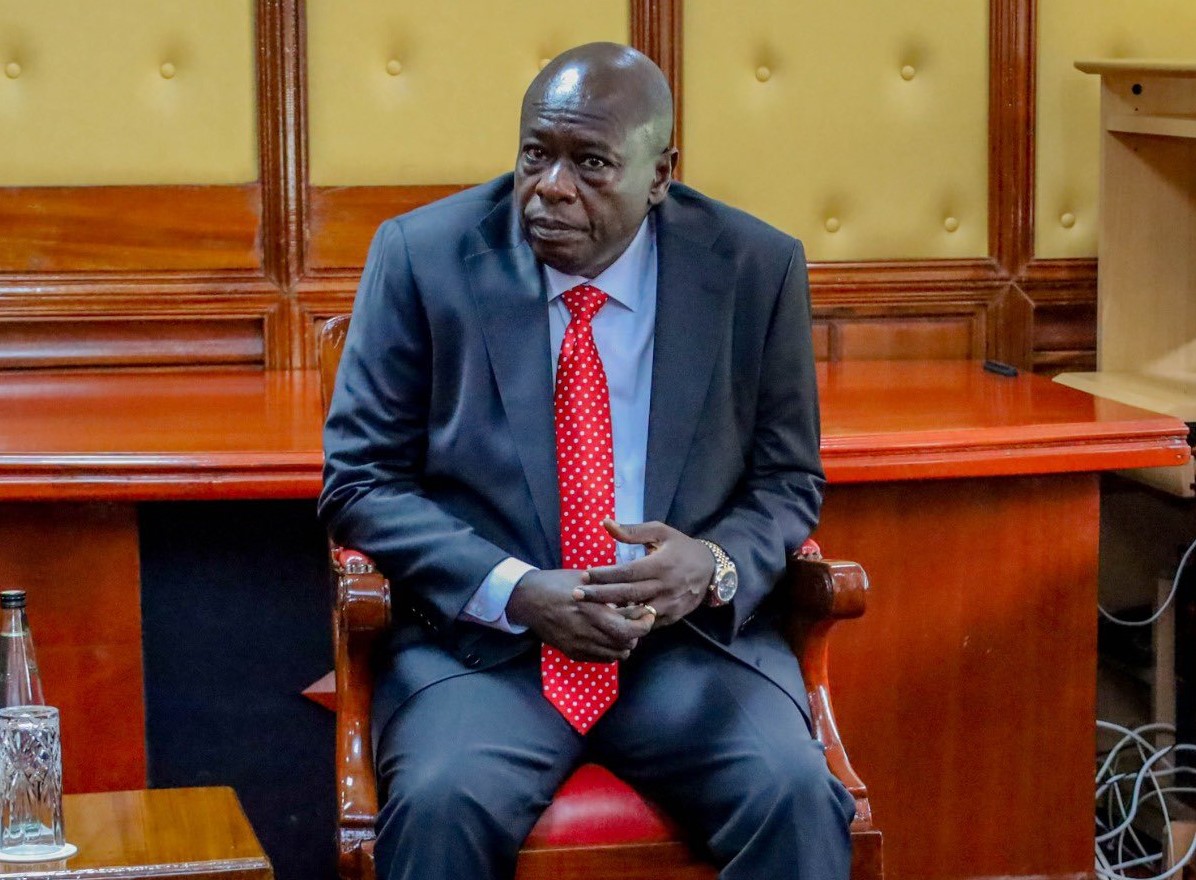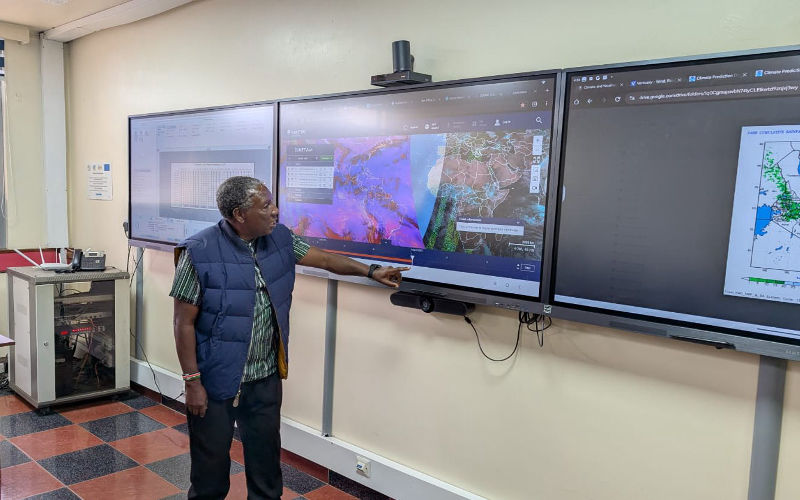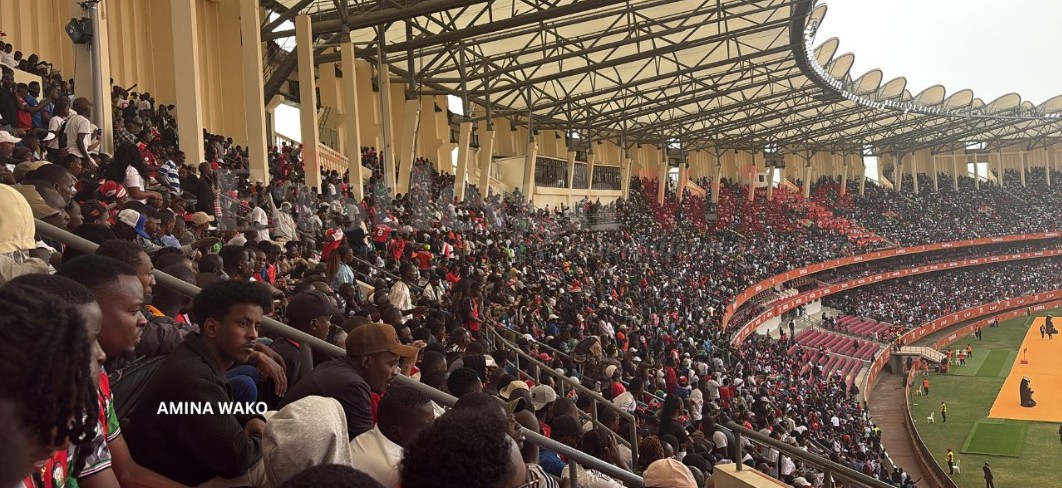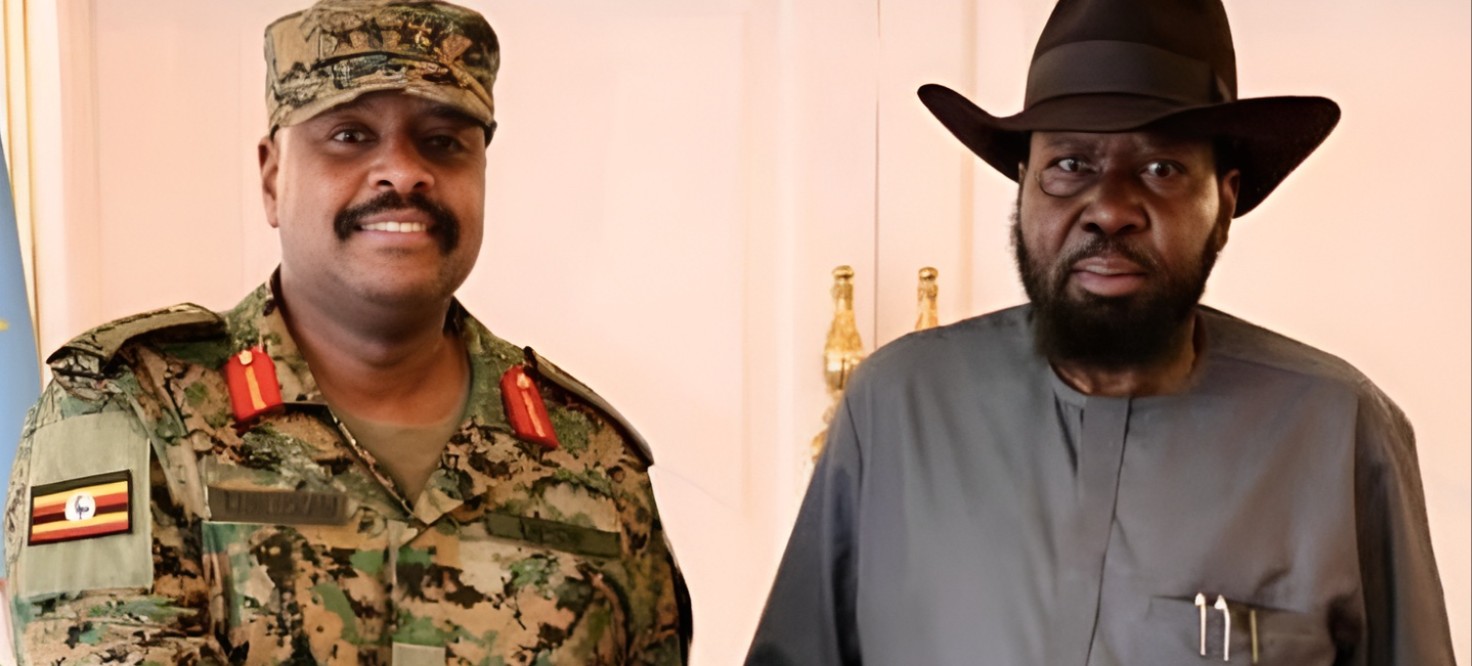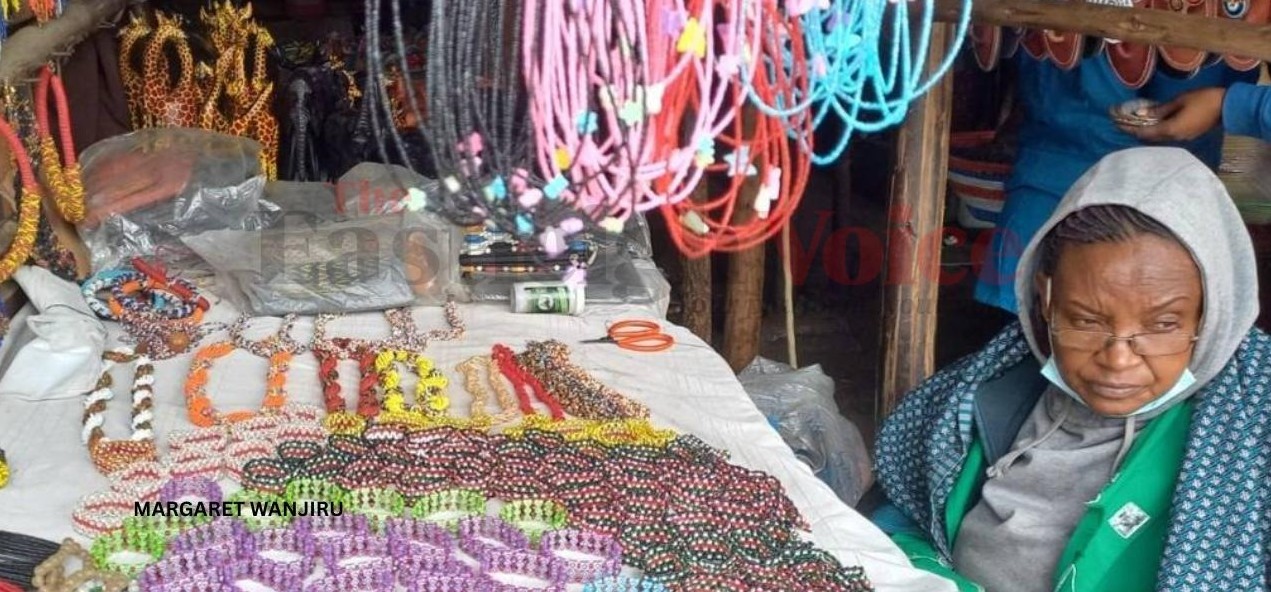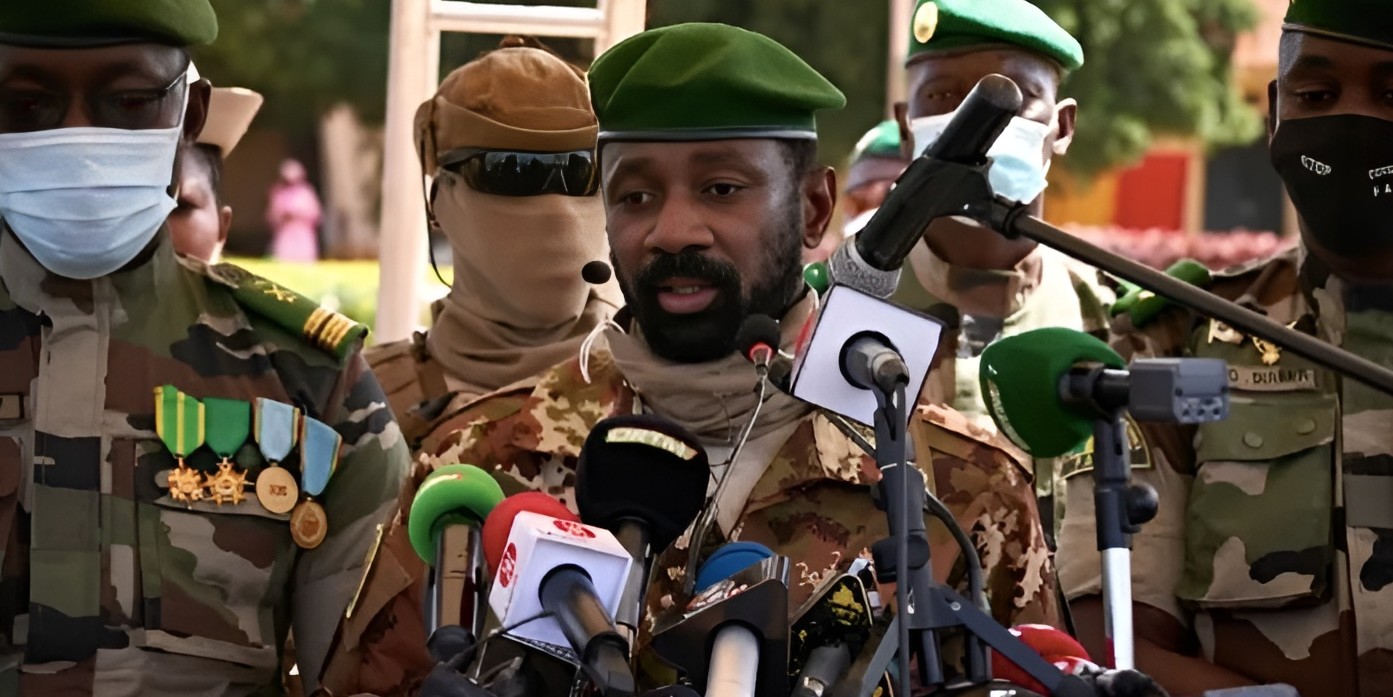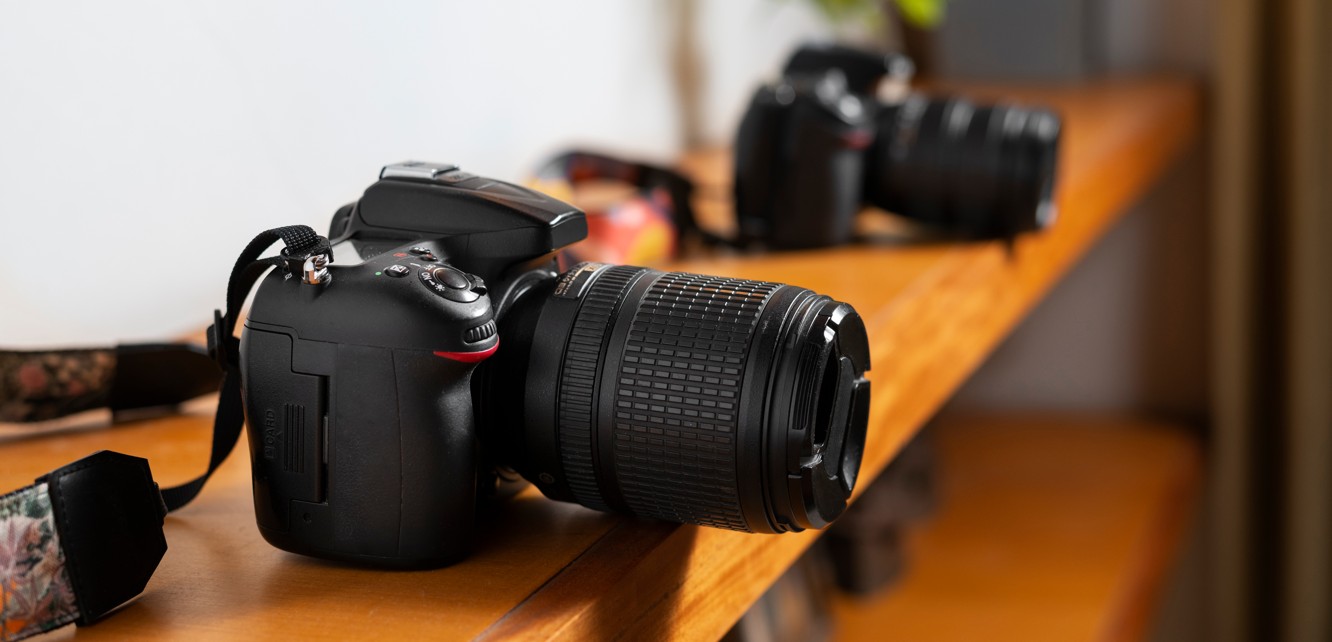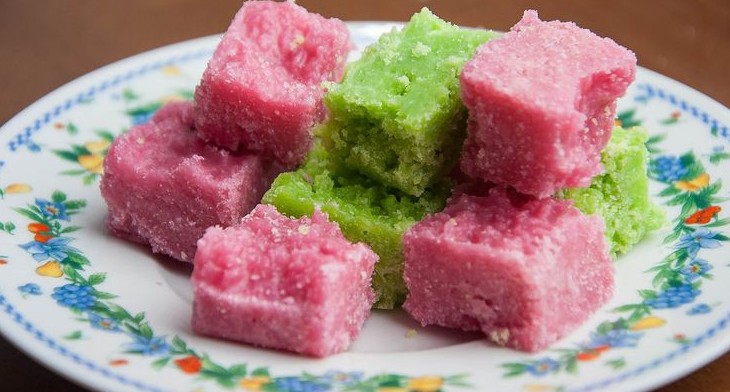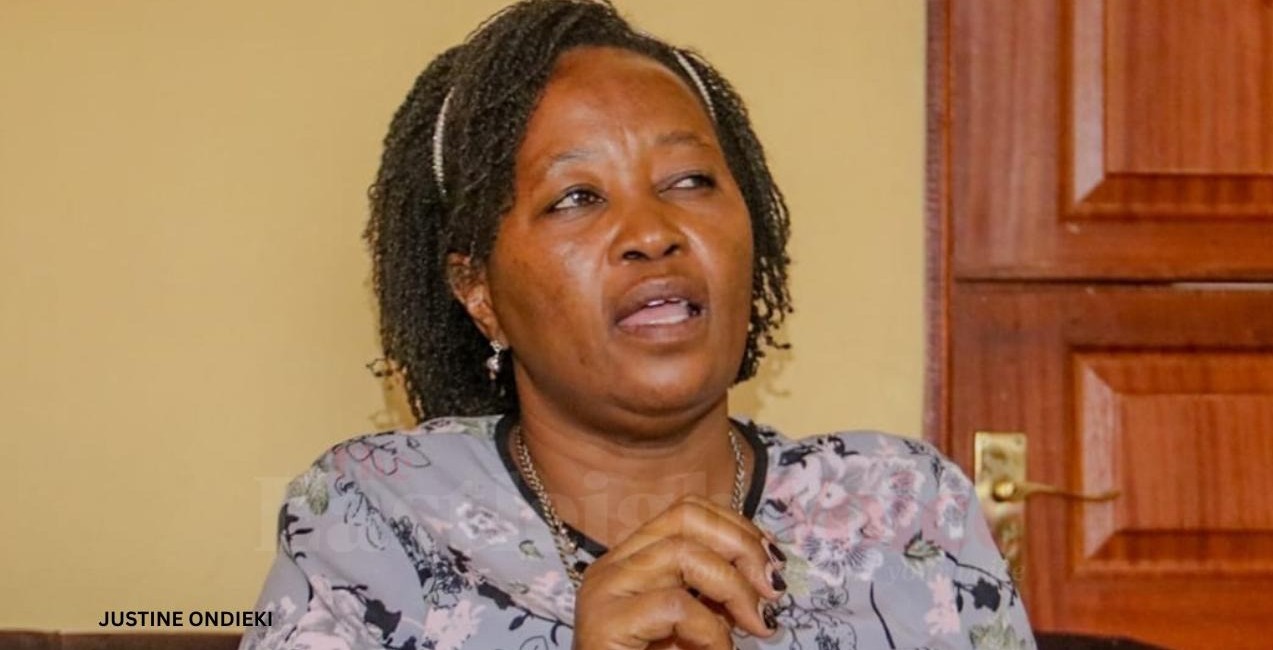Big blow to AI creators as YouTube shuts off monetisation
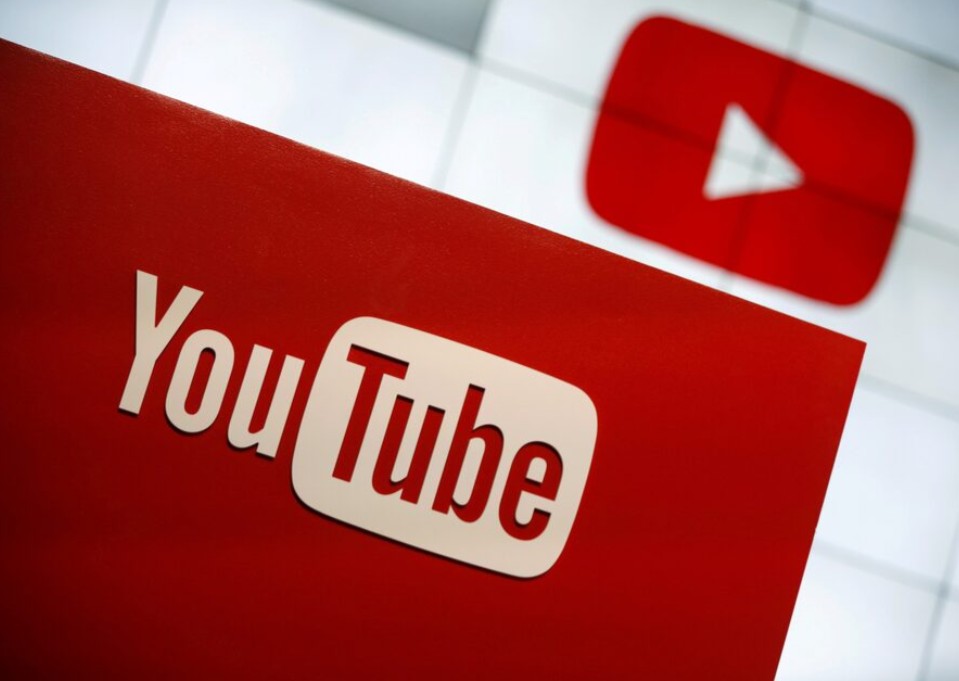
While YouTube has always required content to be original in order to be eligible for monetisation, the new update sharpens the definition of what it considers “inauthentic”.
YouTube has introduced a major update to its monetisation guidelines under the YouTube Partner Program (YPP), redefining what qualifies as authentic and original content.
Effective July 15, 2025, the Google-owned platform says it will begin actively enforcing stricter standards that target mass-produced, repetitive, or AI-generated videos lacking human input.
More To Read
- New Instagram update adds reposts feed, friends tab and Snapchat-style private sharing
- Microsoft rolls out GPT-5 in Copilot, introduces smart mode for adaptive AI
- Namibia launches AI-assisted learning pilot project to reach 2,500 students by 2026
- New WhatsApp update warns users before joining unknown group chats
- OpenAI unveils locally-run AI models for desktops and laptops
- Over one-third of Kenyans spend over six hours daily on social media, GeoPoll survey finds
While YouTube has always required content to be original in order to be eligible for monetisation, the new update sharpens the definition of what it considers “inauthentic”.
“There has been a lot of AI content flooding my screen lately, so I do not even enjoy watching YouTube anymore,” Kariuki Erick told The Eastleigh Voice on Thursday.
“What is worse is that some of these ‘productions’ are similar, in some way.”
Now, under the revised policy, creators who rely on automated tools to produce content at scale, especially those using AI-generated voiceovers, slideshows, or scraped material from other sources, will face demonetisation unless the videos demonstrate significant transformation or human contribution.
“This update better reflects what inauthentic content looks like today,” YouTube stated in its official policy release.
With generative AI becoming more accessible and increasingly used to automate video production, YouTube is now drawing a clear line between assisted creativity and automated replication.
Importantly, the platform has not banned the use of AI altogether.
Creators may still use AI to support their process, such as for editing, scripting, or animation, so long as the final product includes original insights, a real human voice, or meaningful commentary.
The move, YouTube says, is designed to preserve viewer trust and ensure that monetisation is directed toward creators who add value and originality to their work.
In parallel with the monetisation update, YouTube has also announced a change to its advertising settings within YouTube Studio.
As of July 15, 2025, the sensitive ad category “Bare Skin (Image Only)” will be removed. This will prevent the sharing of clickbait thumbnails for videos.
Creators using this setting to block certain ads will have until August 15 to make adjustments.
YouTube recommends switching to categories such as “Reference to Sex” to retain similar levels of ad control.
Creators are encouraged to stay informed through the YouTube Creator updates page, which outlines upcoming changes and provides guidance on how to remain compliant.
This week, Meta also announced its crackdown, introducing stricter labelling requirements for AI-generated media across Facebook and Instagram, and limiting the reach of unoriginal content that lacks transparency.
Top Stories Today

